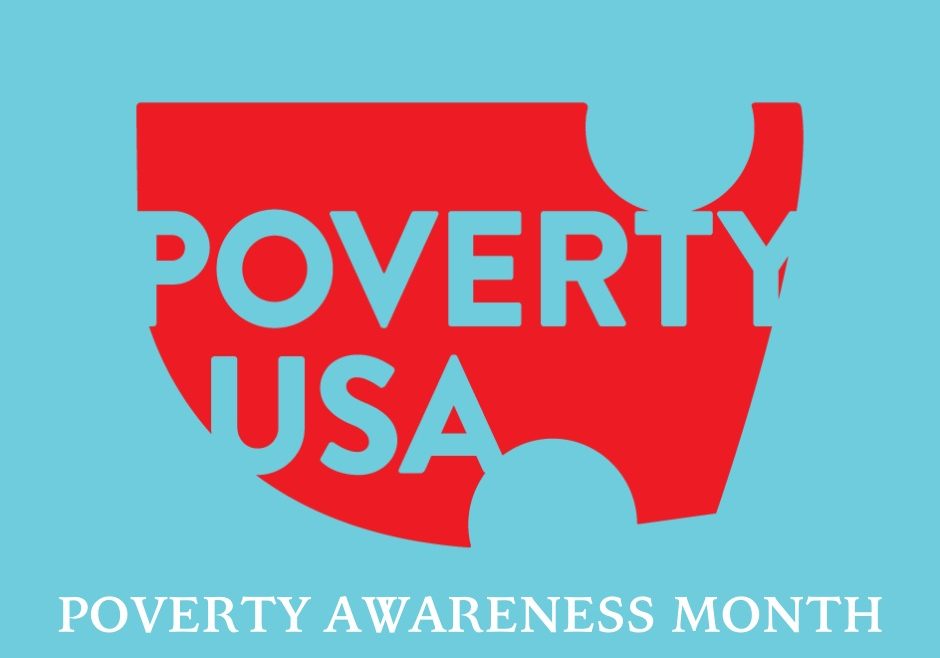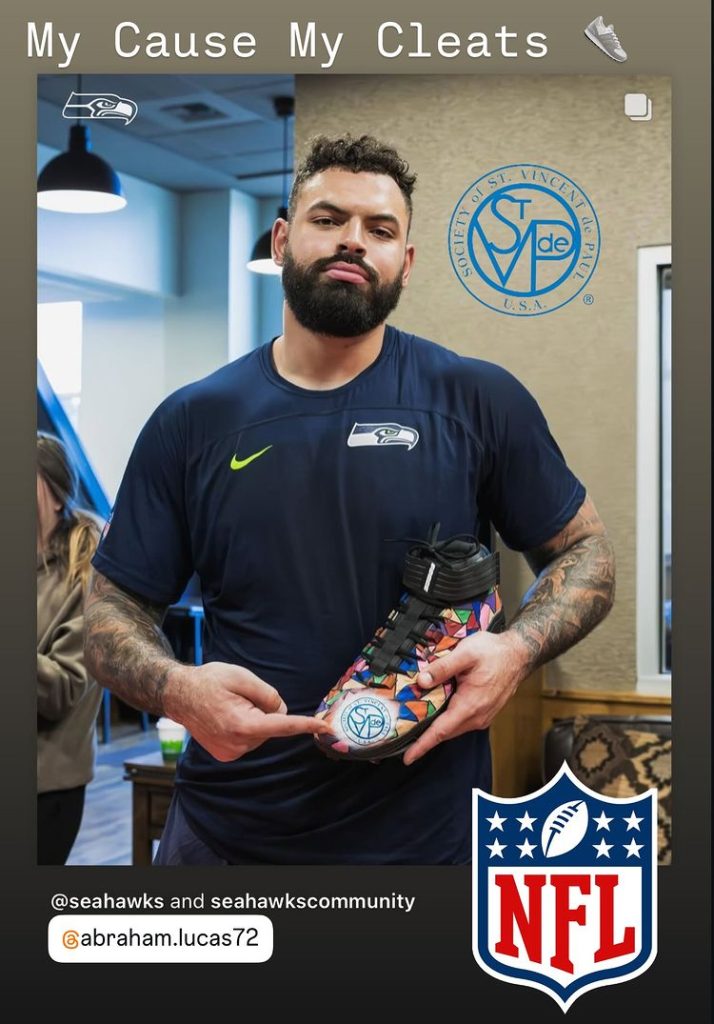 NFL Players wear custom cleats to support St. Vincent de Paul USA
NFL Players wear custom cleats to support St. Vincent de Paul USA
During Weeks 13 & 14 of the National Football League games of the 2024 season, NFL players are wearing custom designed cleats in honor of a cause near and dear to their heart. This initiative is through the My Cause My Cleats campaign.
We are grateful for the support of NFL football players Abraham Lucas with the Seattle Seahawks, Jon Runyan with the New York Giants, and Zach Tom with the Green Bay Packers. These spectacular players are taking philanthropy to the next level by wearing custom designed SVdP cleats in honor of the Society of St. Vincent de Paul USA!
The custom designed SVDP cleats worn this season by NFL player Jon Runyan, Guard for the New York Giants, are open for bidding through December 31st. BID NOW to get your hands on this original pair of shoes: https://givebutter.com/c/svdpusa_runyan
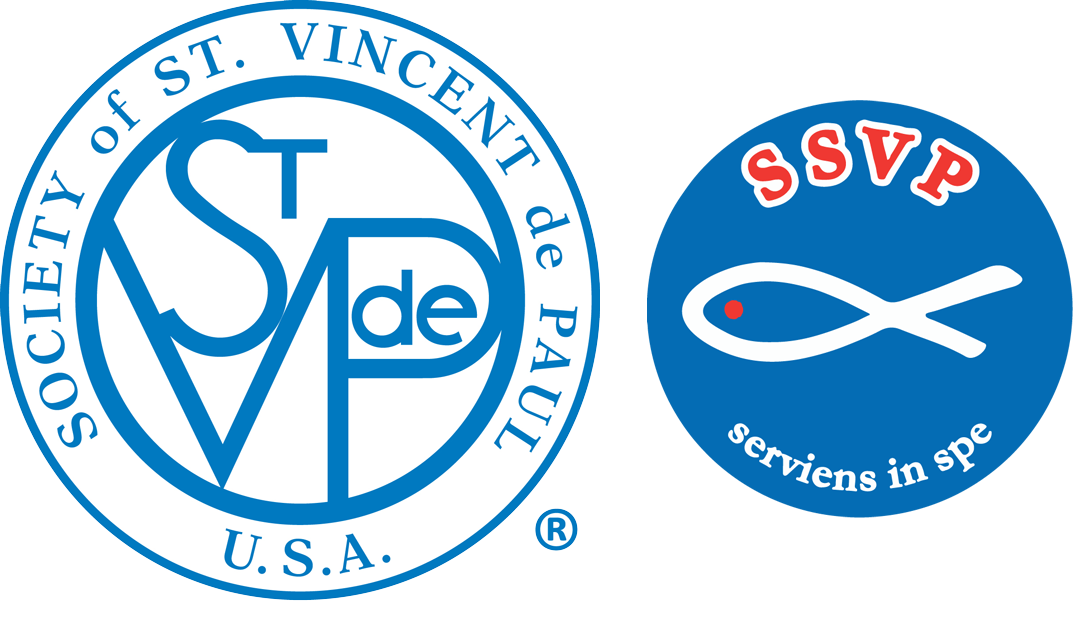

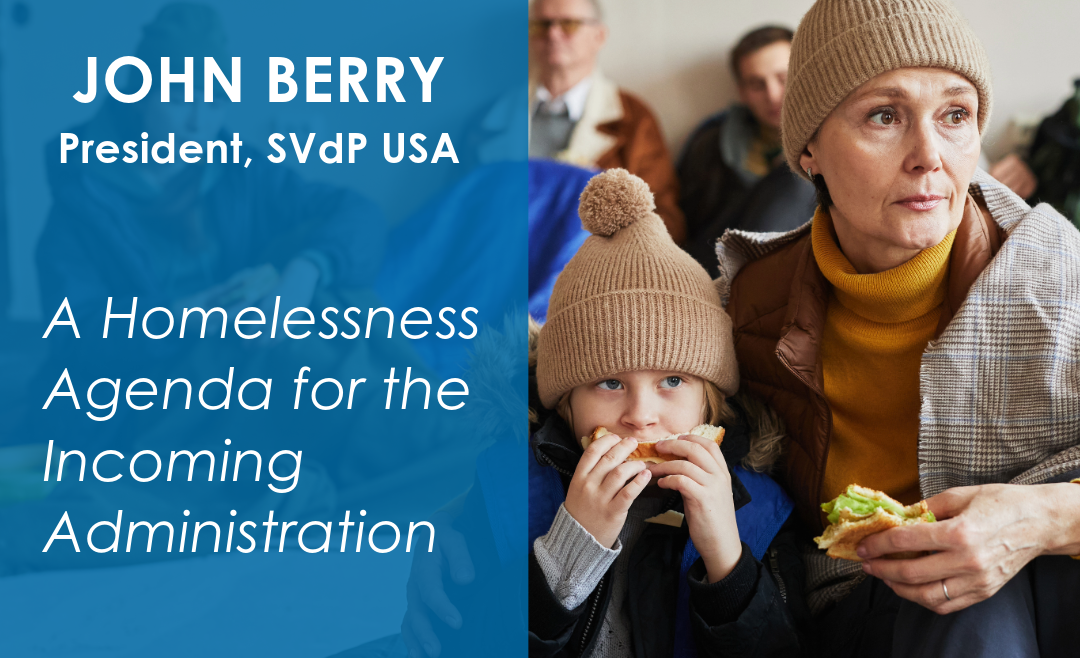
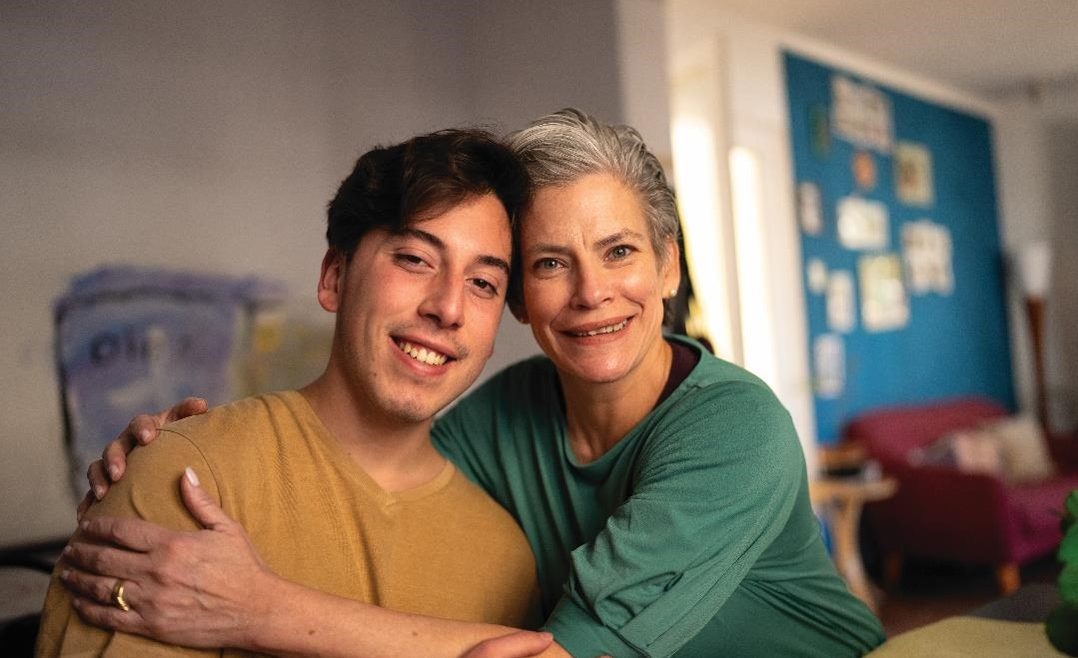
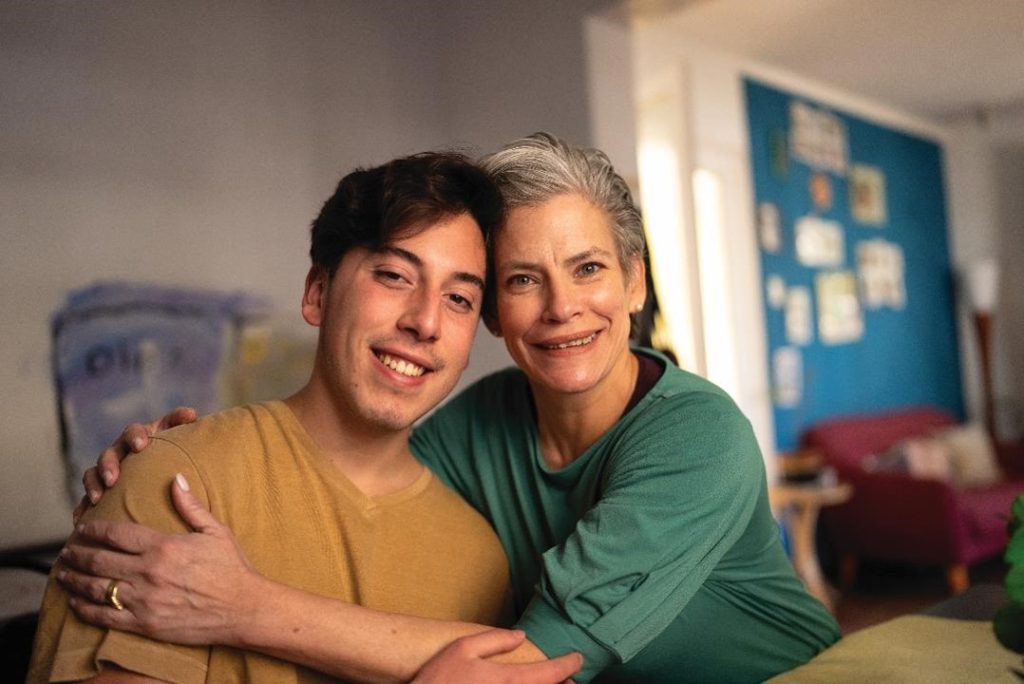 As a single mother to a grown, autistic son, Sarah faced a heartbreaking reality.
As a single mother to a grown, autistic son, Sarah faced a heartbreaking reality.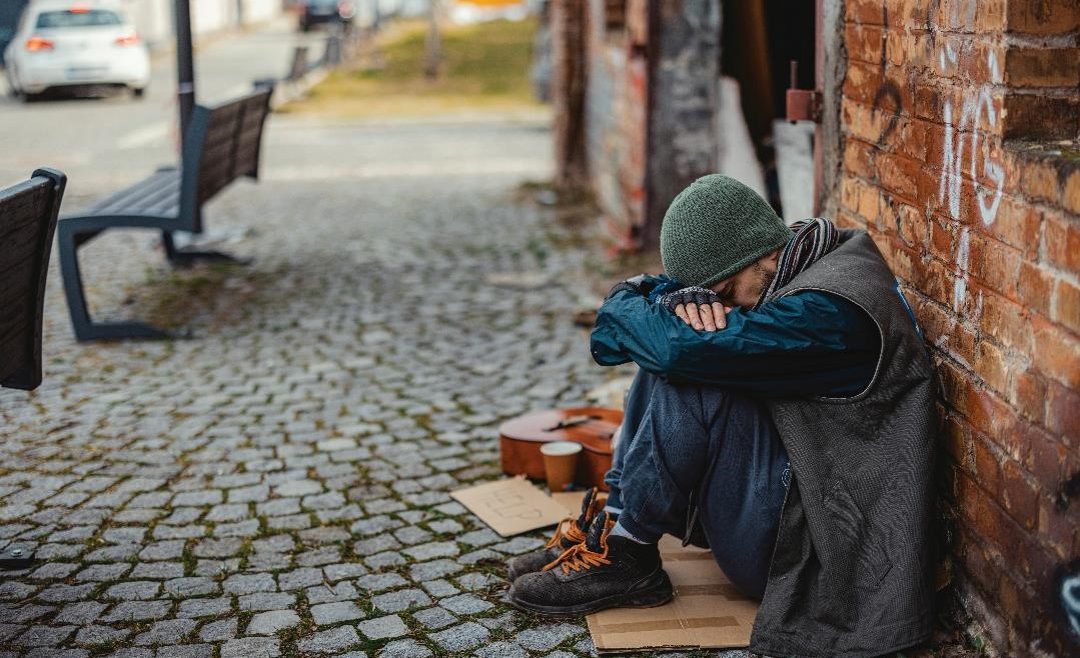
 THE RECENT GRANTS PASS U.S. SUPREME COURT DECISION ALLOWS LOCAL GOVERNMENTS TO MAKE IT A CRIME FOR SOMEONE TO LIVE OUTSIDE AND UNSHELTERED IF THEY HAVE NO HOME.
THE RECENT GRANTS PASS U.S. SUPREME COURT DECISION ALLOWS LOCAL GOVERNMENTS TO MAKE IT A CRIME FOR SOMEONE TO LIVE OUTSIDE AND UNSHELTERED IF THEY HAVE NO HOME.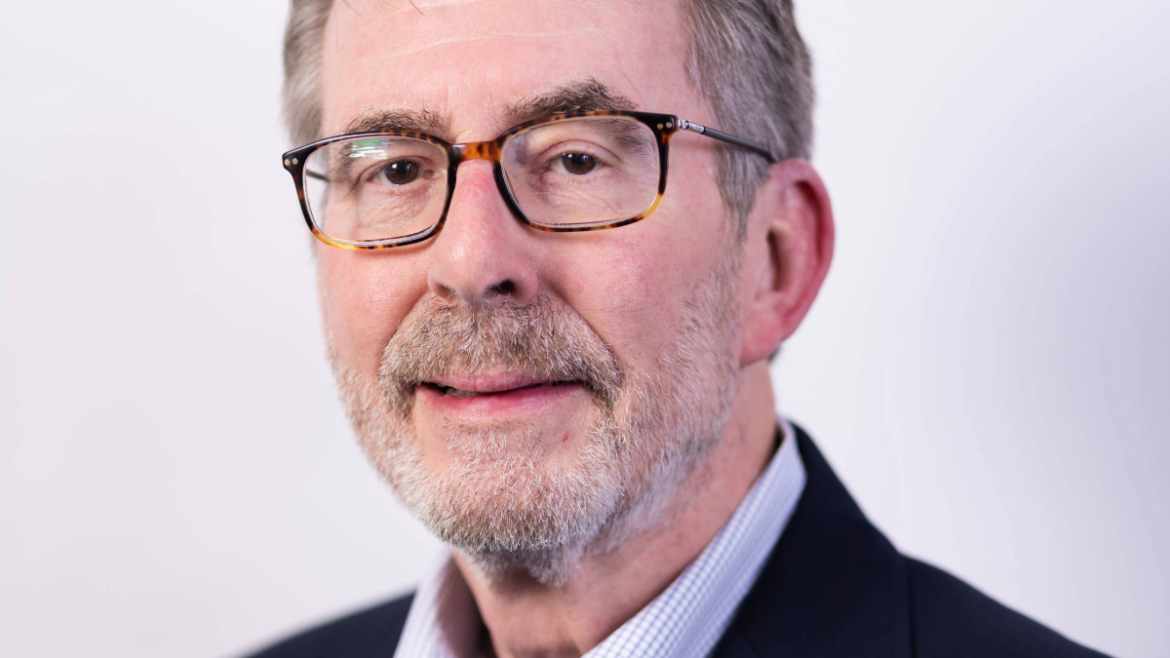
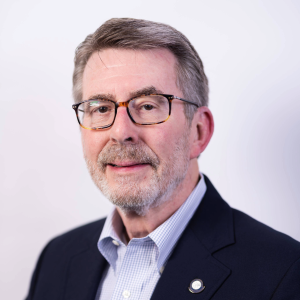 FEW WEEKS BEFORE HIS RETIREMENT, JIM DODD SAW AN INTERVIEW ON TV THAT CHANGED HIS LIFE. It was the executive director of St. Vincent de Paul Cincinnati discussing hunger and poverty at Thanksgiving.
FEW WEEKS BEFORE HIS RETIREMENT, JIM DODD SAW AN INTERVIEW ON TV THAT CHANGED HIS LIFE. It was the executive director of St. Vincent de Paul Cincinnati discussing hunger and poverty at Thanksgiving.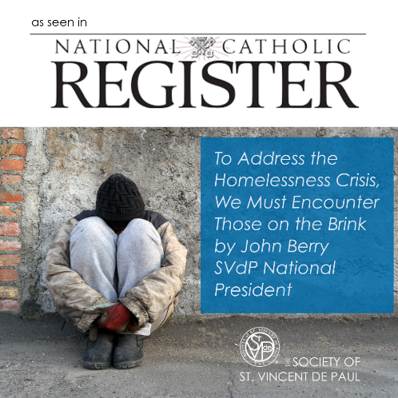
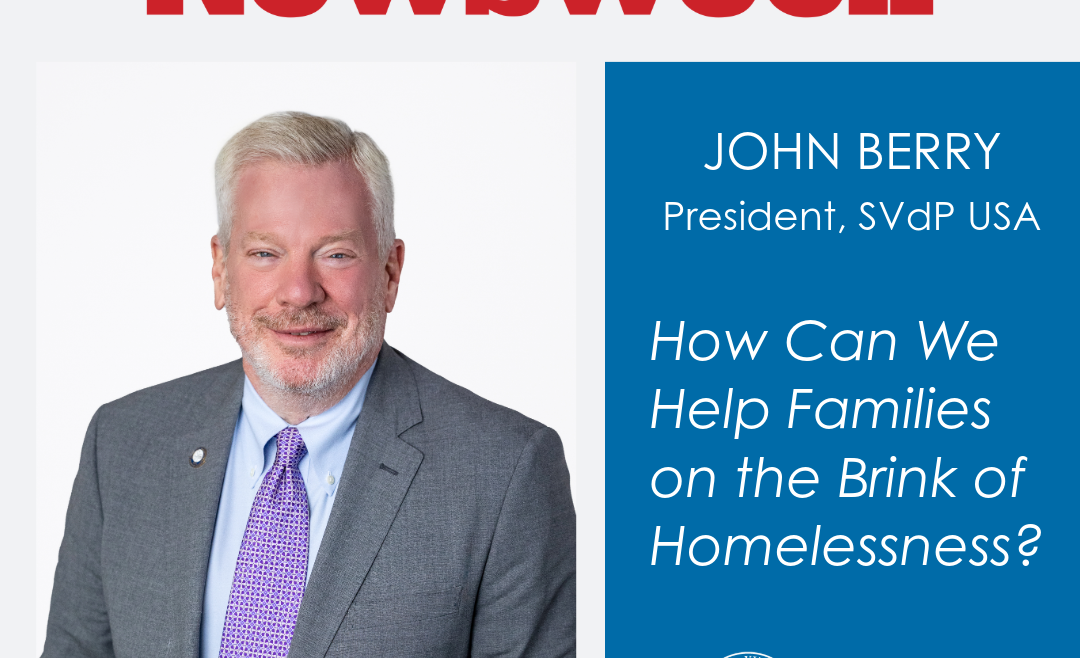
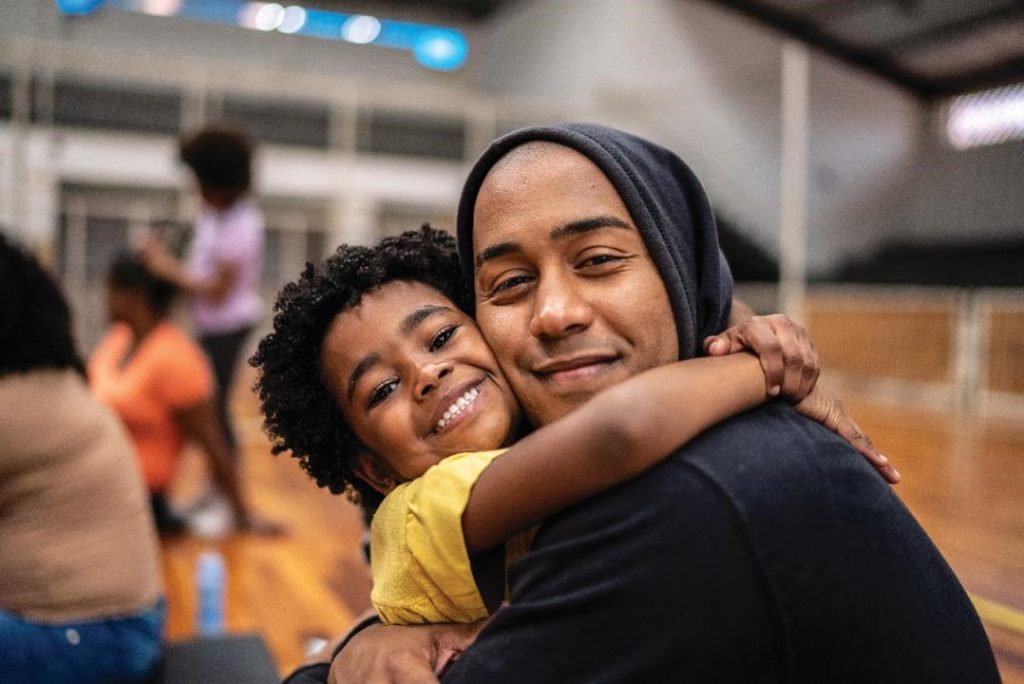 The Supreme Court’s ruling in City of Grants Pass, Oregon v. Johnson calls fresh attention to the nation’s homelessness crisis. In its decision, released last week, the Court ruled that local ordinances with civil and criminal penalties for camping homeless on public land do not violate the Eighth Amendment’s protections from cruel and unusual punishment.
The Supreme Court’s ruling in City of Grants Pass, Oregon v. Johnson calls fresh attention to the nation’s homelessness crisis. In its decision, released last week, the Court ruled that local ordinances with civil and criminal penalties for camping homeless on public land do not violate the Eighth Amendment’s protections from cruel and unusual punishment.

